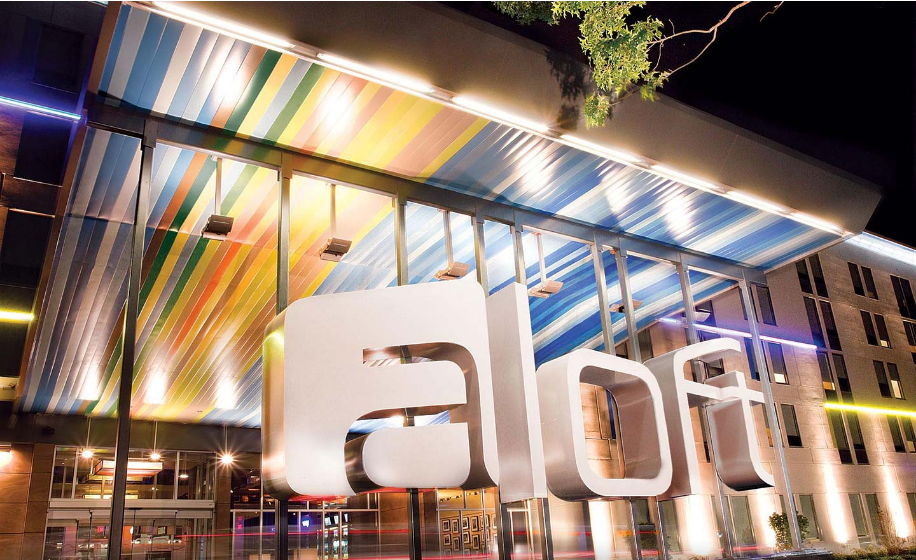Nepal's recent hotel building spree has been spreading concern among existing hotel companies who worry that the new hotels will eat into the market. In response, Hotel Association Nepal issued a white paper requesting that the government take control of the booming hotel sector, The Kathmandu Post reported.
In the association's appeal, it requests that the government evaluate the supply and demand of hotel guestrooms and enhance the criteria for hotel expansion. “We should be careful that these new hotels create more demand for the additional supply of rooms rather than competing over prices and replacing good old hotels," the white paper states. "If these hotels go out of business, banks which have invested heavily in the sector will have problems, and it will eventually hurt the economy.”
Yogendra Shakya, HAN's president, told The Kathmandu Post that while new hospitality investments are good, excess capacity can cause prices and quality to plunge. "If new hotels suffer, it will ultimately affect banks and the financial sector. But if old hotels suffer, it will affect investors, not banks," he said. "There are many instances from the past of how reputed hotels went bankrupt on low demand."
The sustainability of hotels is also at stake. Shakya told The Kathmandu Post that hotels currently spend close to 40 percent of their revenue on paying staff salaries, while the international rate is at 10-15 percent. “For instance, one reputed hotel in Kathmandu earns Rs1 billion annually. Out of this income, 40 percent goes into paying the employees and the hotel is left with an annual profit of less than 7 percent," Shakya said.
Shakya added that this profit is less than what hotels could earn by simply depositing the money into a bank.
Amar Man Shakya, HAN's current president, told The Kathmandu Post that over Rs250 billion has already been invested in the hotel industry, which provides 50,000 jobs. Resource slowdowns have caused many other sectors to suffer but the new hotel supply has sparked a new beginning in tourism, which highlights newfound optimism in the industry. “We all know that more than 4,000 rooms are being added in the industry in the next two years. To safeguard the investment, we have no option but to increase the number of tourists,” he said.

According to HAN data, registered hotels in Nepal produce 13.96 million bed nights annually. The average occupancy rate is around 70 percent. A dozen hotels are earning over Rs40 billion for the industry.
While HAN's white paper states that the introduction of international hotel chains is expected to enhance Nepal's image, some hotel chains are worried that a surplus in guestroom supply may intensify competition in a hotel market with charges that are already high.
However, president Shakya sees these challenges as opportunities, particularly due to the large outbound tourism market in India and China. In 2016, there were 122 million outbound tourists from China, and the number of outbound luxury tourists from India is estimated to reach 6.5 million annually by 2020.
Min Bahadur Shrestha, VC of the National Planning Commission, told The Kathmandu Post that the tourism sector in Nepal has high potential for growth. For that reason, the country has been able to attract investors. “The hotel industry has been showing a good sign. The tourism sector could lead the way in Nepal’s economy delivering economic and job growth,” Shrestha said. Nepal wasn't able to attract tourists to its potential because of infrastructure bottlenecks. Therefore, tourism continues to only contribute minimally to the GDP.
Shrestha added that the expansion of Tribhuvan International Airport, the enhancing of Gautam Buddha Airport into an international airport and the addition of two new international airports will be necessary in order to increase tourism to the country. “As Nepal Airlines Corporation has been stymied by lack of growth, we have not been able to generate revenues as expected” because the government's current priority is to boost Nepal Airlines' fleet, Shrestha said.
